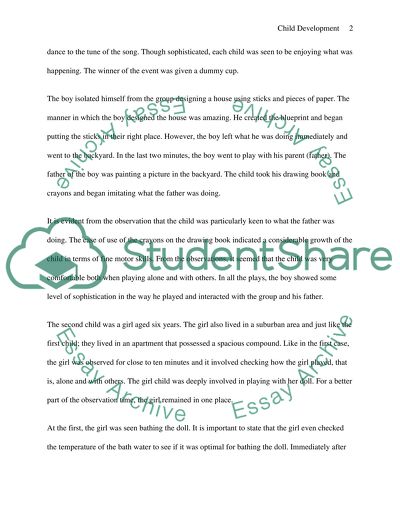Cite this document
(“Introduction to child development Essay Example | Topics and Well Written Essays - 2500 words”, n.d.)
Retrieved de https://studentshare.org/education/1481094-introduction-to-child-development
Retrieved de https://studentshare.org/education/1481094-introduction-to-child-development
(Introduction to Child Development Essay Example | Topics and Well Written Essays - 2500 Words)
https://studentshare.org/education/1481094-introduction-to-child-development.
https://studentshare.org/education/1481094-introduction-to-child-development.
“Introduction to Child Development Essay Example | Topics and Well Written Essays - 2500 Words”, n.d. https://studentshare.org/education/1481094-introduction-to-child-development.


